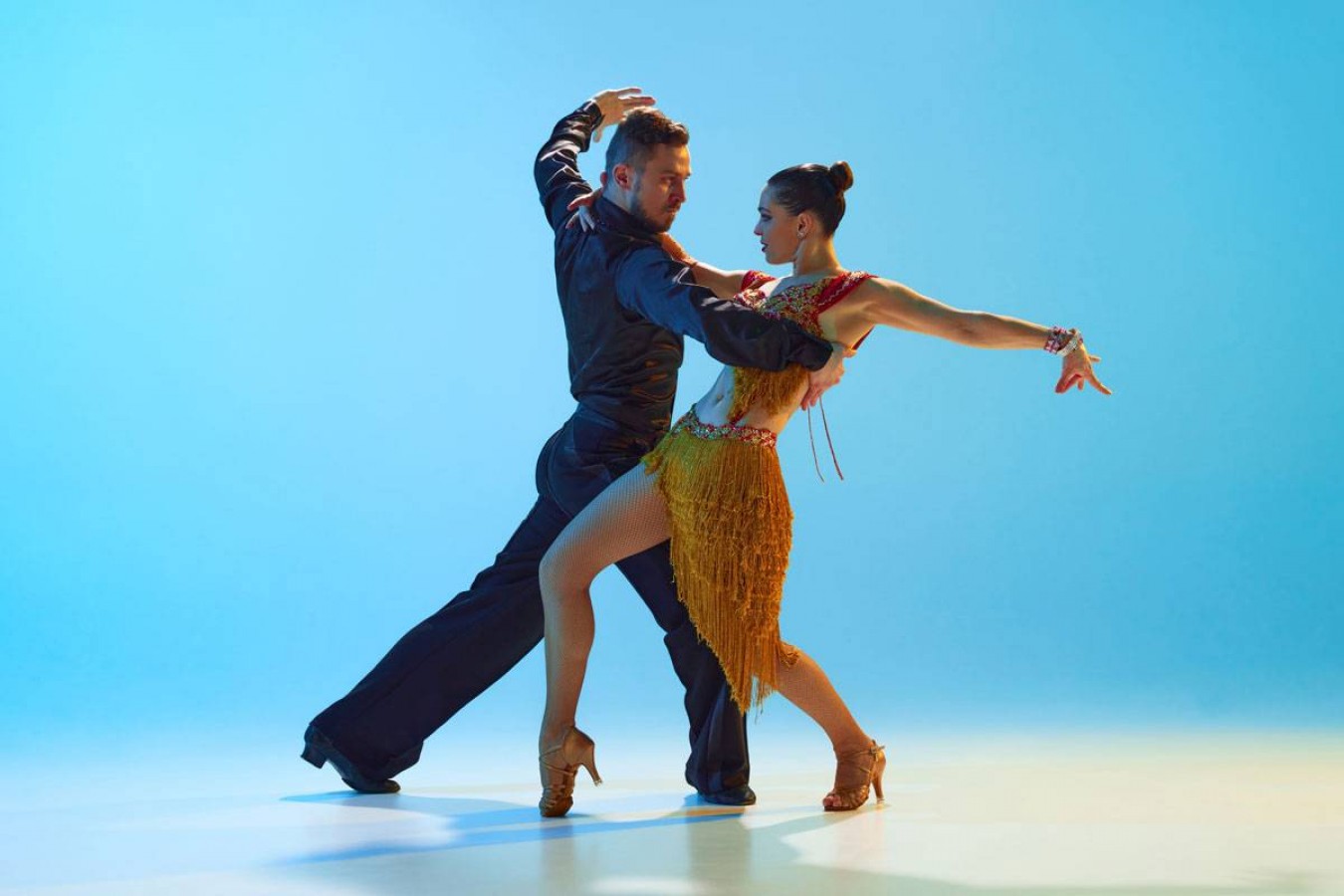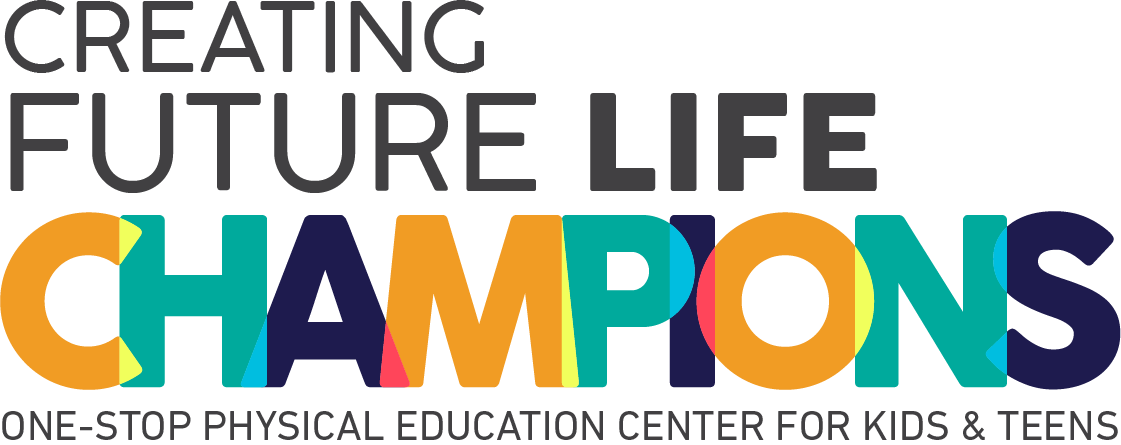What Are Twisties in Gymnastics and How to Stop It

Twisties gymnastics is a term that has gained significant attention in the sports community, especially in recent years. This phenomenon refers to a disorienting mental block that gymnasts experience while performing twisting moves in the air, leading to a loss of spatial awareness.
Often described as a mental block, twisties can lead to serious injuries if not addressed. In this article, we'll delve into the nature of twisties in gymnastics, the underlying causes, the impact on professional gymnasts, and practical approaches to help athletes regain their confidence and control.
What Twisties Are in Gymnastics?
Twisties are a mental block that occurs when gymnasts lose their sense of spatial awareness during twisting elements, such as flips and twists. When experiencing twisties, a gymnast may feel disoriented and unable to control their movements in the air.
This can result in difficulty completing rotations or landing safely, increasing the risk of injury. The sensation can be akin to losing control of one’s body in mid-air, making it challenging to perform complex maneuvers that are usually second nature to the athlete.
What Causes Twisties?
The twisties in gymnastics are caused by a combination of physical and psychological factors that disrupt a gymnast's spatial awareness during twisting movements. Here are some of the main causes:
A. Stress
Competitive pressure can be overwhelming for gymnasts, particularly at high-stakes events. Stress from expectations, whether self-imposed or from coaches and spectators can lead to anxiety, disrupting a gymnast’s focus and spatial awareness during their routines.
B. Perfectionism
Gymnasts often hold themselves to extremely high standards, striving for perfection in their performance.
This perfectionism can create mental blocks when they perceive that they are not meeting these standards, leading to hesitation and loss of confidence while executing complex skills.
C. Fixating on a Mistake
When a gymnast makes a mistake during practice or competition, they may become overly fixated on that error.
This fixation can lead to anxiety about repeating the mistake, causing them to lose their sense of spatial awareness and rhythm, which is critical for executing twisting moves.
D. Doubt
Self-doubt can creep in, especially after experiencing a setback or injury. When a gymnast starts to question their abilities, it can significantly impact their mental state and performance.
Doubt can manifest as a fear of falling or failing, which can lead to a disconnect between the body and mind during twisting maneuvers.
Other Mental Blocks in Sports
Mental blocks in sports, like the twisties in gymnastics, can affect athletes across various disciplines. One common mental block is performance anxiety, which occurs when an athlete’s fear of failure or pressure to succeed disrupts their ability to perform.
This anxiety can affect sports that require precise movements, such as twisting, flipping, or rotating, where spatial awareness is crucial. Similar blocks can be seen in conditions like the "yips" in baseball and golf, where athletes lose the ability to throw or putt accurately.
Common signs of performance anxiety include fidgeting, biting fingernails, an increased heart rate, racing negative thoughts, and sweating. These symptoms can hinder an athlete's ability to focus and execute their skills, often leading to diminished performance.
The Impact of Twisties on Professional Gymnasts
The impact of twisties on professional gymnasts like Simone Biles was most notably seen during the 2021 Tokyo Olympics when Biles, a seven-time Olympic medalist, had to withdraw from several events due to the twisties.
She explained that the combination of immense mental stress and pressure leading up to the competition triggered this loss of spatial awareness, making it unsafe for her to perform.
Biles had previously experienced the twisties before the 2016 Rio Olympics and in 2019, but this time it was more intense. In an interview on the Call Her Daddy podcast, Biles described the experience as losing complete control over her body, comparing it to suddenly forgetting how to drive a car after doing it for years.
She emphasized how terrifying it was to perform skills that felt entirely unfamiliar despite her years of training. This mental block not only affected her performance but also highlighted the importance of mental health in professional sports.
How to Stop Twisties
Stopping twisties requires a combination of mental, physical, and strategic approaches to help gymnasts regain their spatial awareness and confidence. Here are some key strategies to stop the twisties:
1. Develop Simple Cue Words
Create specific phrases or words that you can repeat to yourself during your routine. These cues serve to redirect your focus from fear and anxiety back to the skill at hand, helping to maintain mental clarity and confidence as you perform.
2. Focus on a Different Skill
When experiencing twisties, it’s beneficial to shift your focus to a skill you feel confident executing. This approach alleviates pressure and allows you to regain your sense of control without forcing yourself into a challenging skill that induces anxiety.
3. Progress
Gradual progression is key to overcoming twisties. Start with a basic skill, such as a half twist, and gradually work your way up to more complex maneuvers like a double twist.
This step-by-step approach helps remind your body of its movement patterns and builds confidence as you re-familiarize yourself with the skills.
4. Talk to Someone
Consulting a mental healthcare provider or sports psychologist can be invaluable in addressing anxiety and stress related to gymnastics.
These professionals can provide tailored strategies and support to help manage mental blocks and improve overall performance.
5. Visualize
Visualization techniques involve mentally picturing yourself successfully executing the skill.
This practice can enhance your confidence and prepare your mind and body for the movements, making them feel more achievable during actual performance.
6. Watch Videos
Reviewing footage of yourself performing can provide insight into your movements and help reinforce muscle memory.
Seeing your successful executions can boost your confidence and remind you of your capabilities, making it easier to tackle the skills that cause twisties.
Let's Tackle Those Twisties Together!
Twisties gymnastics can be a perplexing and challenging phenomenon that affects gymnasts, often leading to confusion and concern. Various factors, including mental stress, fatigue, and pressure, can trigger twisties, disrupting a gymnast's performance and confidence.
Ready to discover your inner gymnast? At Rockstar Academy’s gymnastics program, we’re all about helping young athletes unleash their potential, just like Simone Biles did when she first started!
Our Sports & Performing Arts Academy offers top-tier training that focuses on building strength, flexibility, and confidence through gymnastics. With expert coaches and a supportive environment, your child will have the opportunity to explore their passion and improve their skills in a fun and engaging way.
Children will also have opportunities to compete in several events and competitions such as Gymnastics Testing, Elite Championships and RockOlympics . And the best part? We’re offering a free trial of the gymnastics program, so you can experience all we have to offer, risk-free!
FAQ
How do you treat twisties in gymnastics?
Gradually rebuild confidence with simpler skills, use visualization, and seek support from a coach or sports psychologist.
Are the twisties mental or physical?
The twisties are primarily a mental block that affects physical performance.



